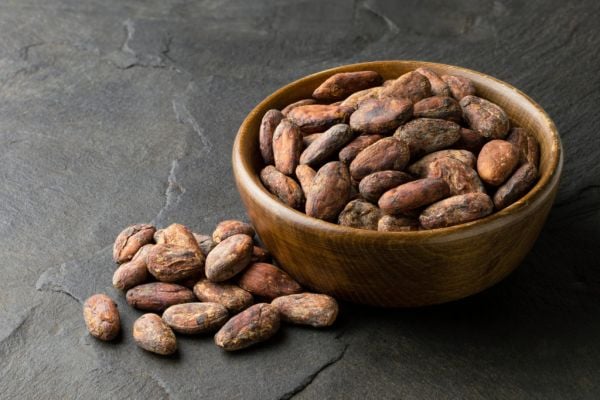Soil moisture compensated for dry sunny weather in most of Ivory Coast's cocoa-growing regions last week, boosting the upcoming harvests of the October-to-March main crop, farmers said on Monday.
The world's top cocoa producer is in its dry season, when rainfall is scarce from mid-November to March.
Farmers across the country said soil moisture content was still high enough to support the main crop over the next two months, but that more rain would be needed to prevent beans from becoming acid from January.
The bulk of harvesting is expected to leave the bush in December, they added.
"We do not have a problem with dry [weather] that could endanger production," said Theodore Asse, who farms near the western region of Soubre, where 8.9 millimetres (mm) fell last week, 6.5 mm below the five-year average.
Above-Average Rainfall
Farmers made similar observations in the southern region Agboville and the eastern region of Abengourou, where rainfall was above average, and in the southern region of Divo, where rains were below average.
All said trees were filled with big, ripening cocoa pods.
In the centre-western region of Daloa and in the central regions of Bongouanou and Yamoussoukro, where rains were below the average, farmers feared the Harmattan season would occur early this season.
The Harmattan is characterised by very dry and strong winds that blow towards West Africa from the Sahara desert. It usually happens between December and March and can damage cocoa crops.
"We feel freshness in the air as if the Harmattan was near," said Etienne Assoumou, who farms near Bongouanou, where 0.8 mm fell last week, 4.4 mm below average.
Cocoa cooperatives told Reuters that purchases were still on a small scale. Major buyers told them this was because of a lack of bags and pallets, they said.
Average temperatures ranged between 26.8 and 28.8 degrees Celsius last week.
News by Reuters, edited by ESM – your source for the latest supply chain news. Click subscribe to sign up to ESM: European Supermarket Magazine.











